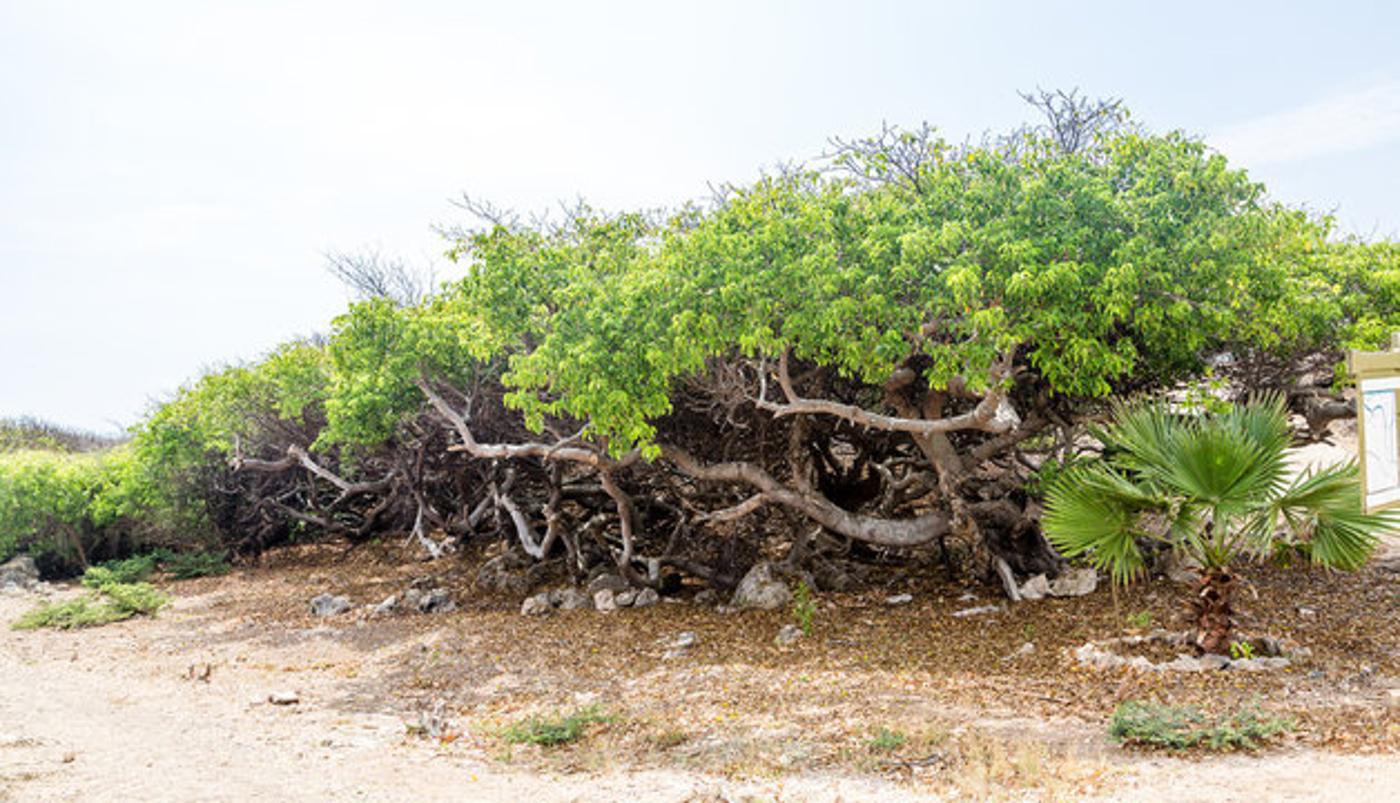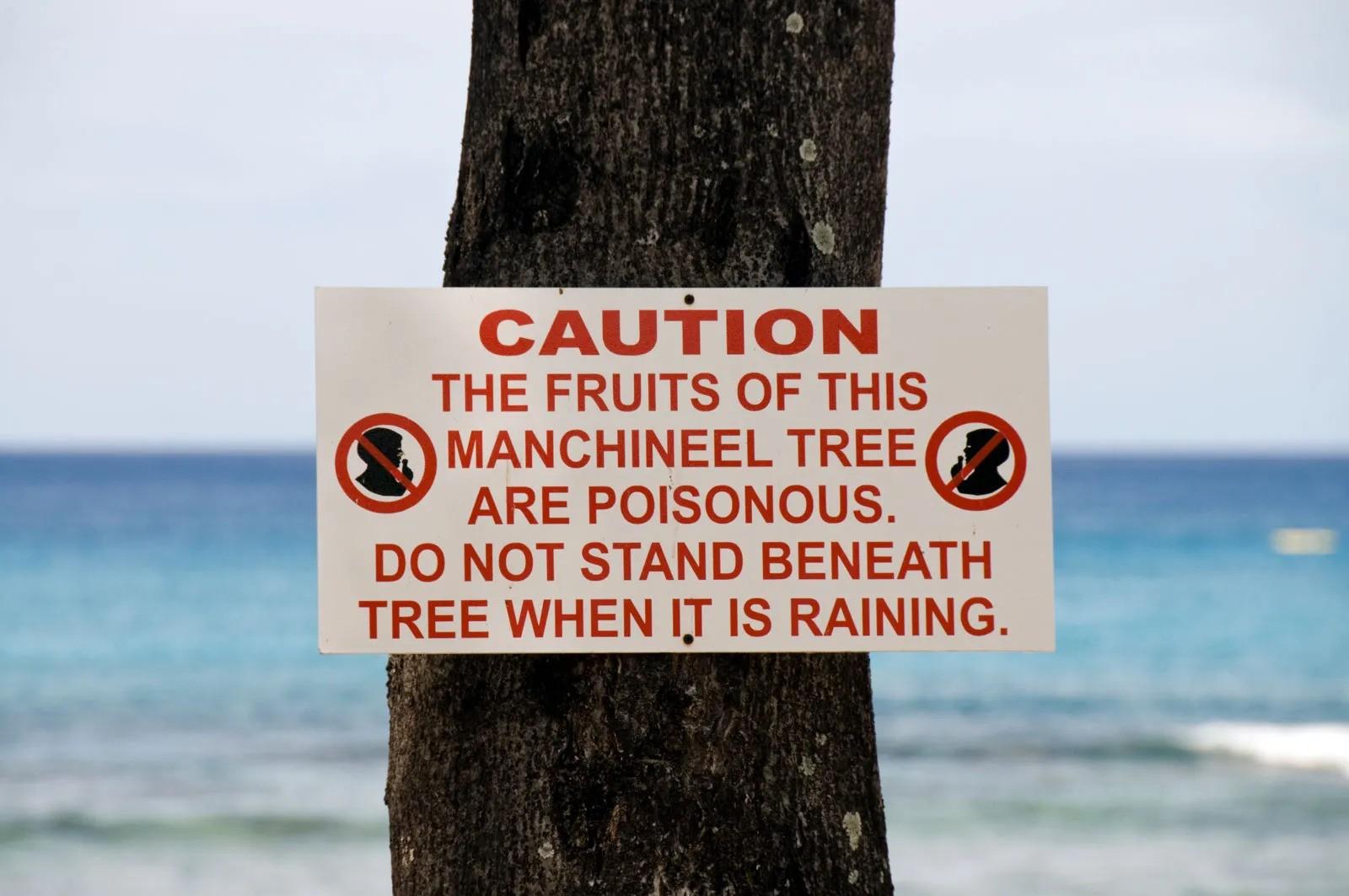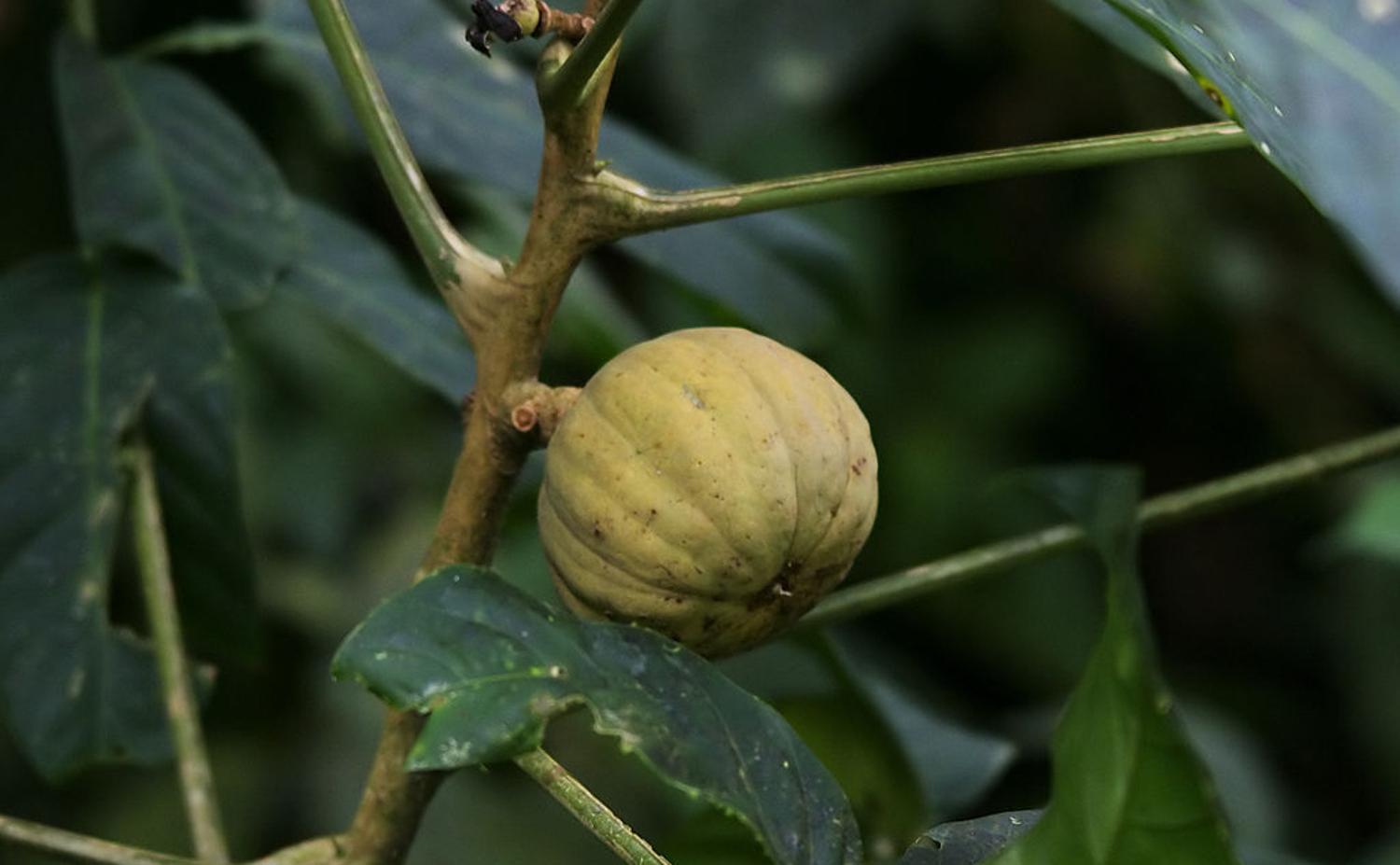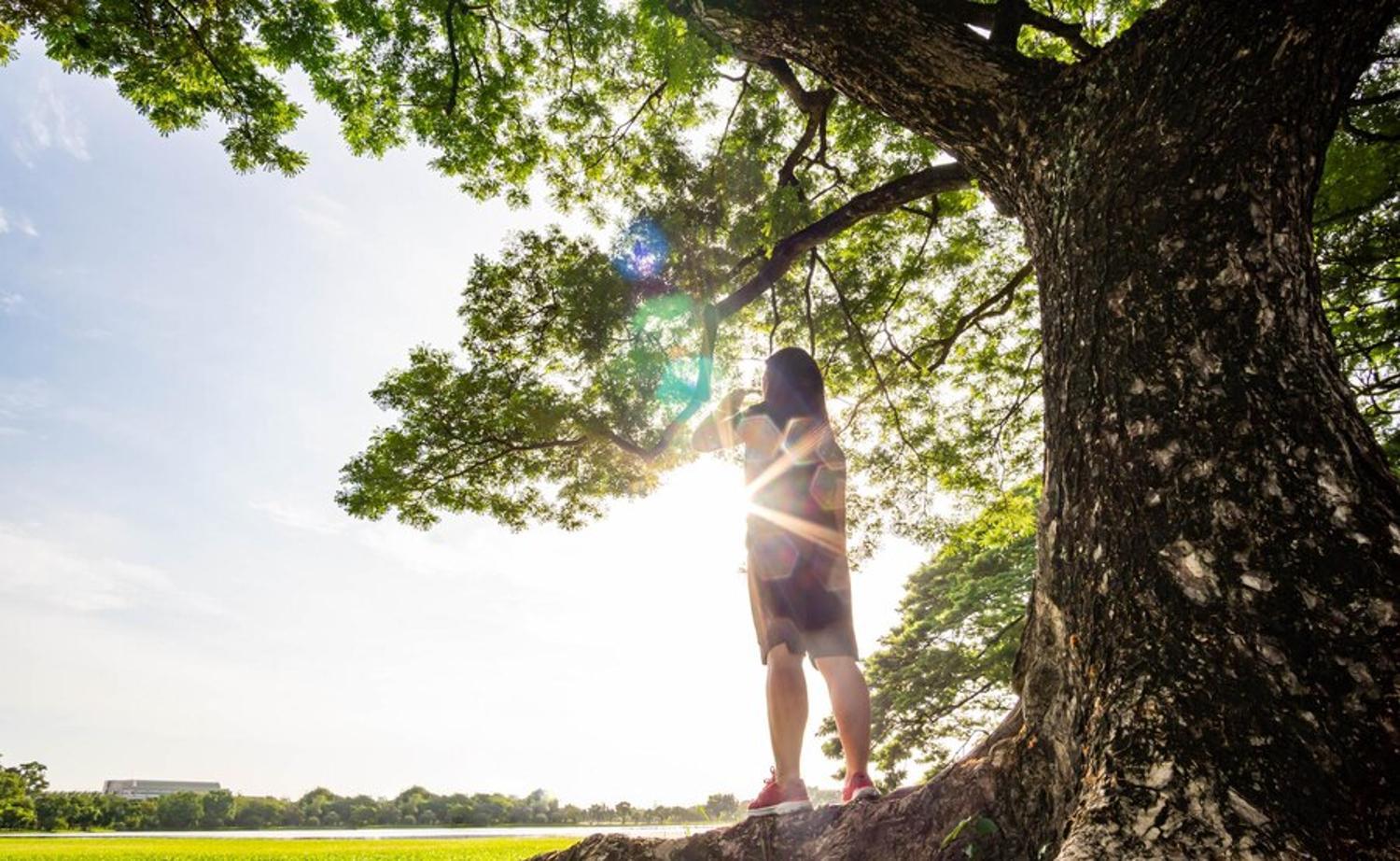You may be surprised to learn that the most dangerous tree on the planet isn’t tucked away in the Amazon Rainforest or the Australian outback. It grows in one of the most populated states in America.
The manchineel tree grows fatal fruit and oozes toxic sap. It’s even dangerous to stand underneath it when it rains, but it looks like almost any other fruit tree.
Trees Aren’t Always Safe

When most people see a tree or even a forest, they think of their beauty. These solid and tall plants also ensure the success of the soil, the plants and animals that live around it, and the entire natural ecosystem.
Not to mention that many tree species provide us with fruit and nuts to keep us healthy and strong. However, not all trees are so helpful. In fact, many are quite dangerous.
The Most Dangerous Tree in the World

Although it may seem like a dramatization, the Guinness Book of World Records named the manchineel tree the most dangerous tree in the world in 2011.
Like the popular holiday flowers known as poinsettias, the manchineel tree is a member of the Euphorbia genus. It is aesthetically very beautiful, often reaching 50 feet tall, but also deadly.
Where Does the Manchineel Tree Grow?

The manchineel tree is native to Central America, South America, Mexico, and several Caribbean islands. It also grows naturally in the US territories of Puerto Rico and the Virgin Islands.
And this wildly dangerous tree also grows in one US state: Florida. Specifically, it can be found throughout the mangroves of southern Florida and the Keys.
The “Little Apple of Death”

The manchineel tree gets its name from the Spanish word for little apple, manzanilla. Though it’s most commonly called the manzanilla de la muerte or the “little apple of death.”
That’s because the small fruits that grow from their branches resemble small or crab apples. With their green and yellow coloring and fragrant scent, the fruits are very appealing, but they are also wildly dangerous.
Even the Bark and Leaves Are Toxic

And it’s not just the fruit that’s hazardous; the bark, leaves, and even the sap of the manchineel tree can also be lethal. While every bit of this tree could cause serious harm, it’s the sap that is the most vicious.
The sap contains a cocktail of toxins, including phorbol, a highly water-soluble poisonous organic compound. Because it’s water-soluble, the sap can even sink into the skin through rainwater. So it’s crucial to never stand under a manchineel tree when it’s raining.
What Happens After Contact With a Manchineel Tree?

If the sap touches your skin or you touch the bark, leaves, or fruit, the skin will almost immediately become inflamed and may produce painful blisters where the contact occurred.
Eating the fruit or even inhaling any of the sap will lead to swelling in the mouth and blisters in the throat, making it hard to swallow and breathe. Eventually, without treatment, the toxins will lead to a slowed heartbeat and other cardiovascular symptoms and, in many cases, death.
Florida Residents and Visitors Need to Know How to Spot a Manchineel Tree

Because the manchineel tree is so highly hazardous, anyone who lives in or plans to visit Florida or any of its other known locations should know precisely what it looks like.
Although signs often warn passersby of the tree’s toxins, not every manchineel tree is labeled. Additionally, it’s essential to know that if you or a loved one come into contact with a manchineel tree, you must head straight to the hospital for medical attention.
The Manchineel Tree Is Almost Extinct in Florida

Fortunately, there are very few remaining manchineel trees in Florida. The poisonous trees are even on the state’s endangered list.
However, visitors and locals may still see a few along the sandy beaches, within the mangroves, or in one of Florida’s many swamps, and when they do, they must stay as far away as possible. If there isn’t a warning sign, it’s crucial to contact the local authorities and let them know.
The Manchineel Tree Isn’t the Only Dangerous Tree in Florida

Unfortunately, the manchineel isn’t Florida’s only poisonous and potentially lethal tree. The Sunshine State is also home to the infamous sandbox tree, also known as the monkey-no-climb.
Aptly named, the sandbox tree is impossible to climb, even for monkeys, as it’s covered in large, conical spikes. At 130 feet tall with interesting bark and bright red flowers, the sandbox tree is even more beautiful than the manchineel, but it’s only slightly less dangerous.
Toxic Sap and Exploding Fruit

In addition to the foreboding spikes, sandbox trees also ooze toxic sap, leading to a painful rash and blisters. But the fruit is the most dangerous part of this tree.
Although they look like little pumpkins, the fruit can literally explode, sending hard seeds at over 150 miles per hour. That’s about five times faster than the average bullet. And, like a bullet, these seeds can kill.
Are There Dangerous Trees in Your Area?

These are the two most dangerous trees in the United States, but there are still more. No matter where you live, you may want to do a little investigating to find out if there’s any toxic sap or exploding fruit in your neighborhood.
And if you live in or are traveling to South Florida, make sure to study photos of the manchineel and sandbox trees. It could save your life.








































